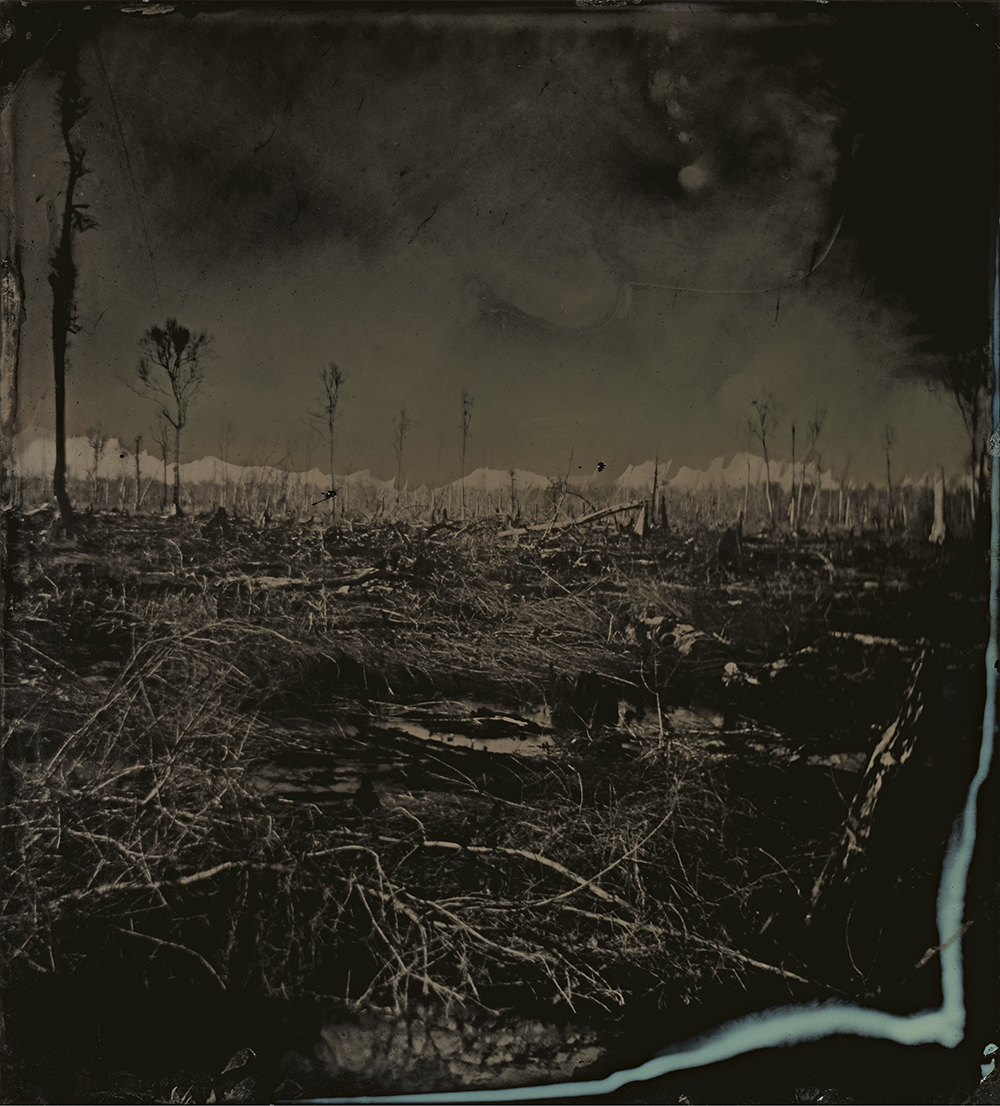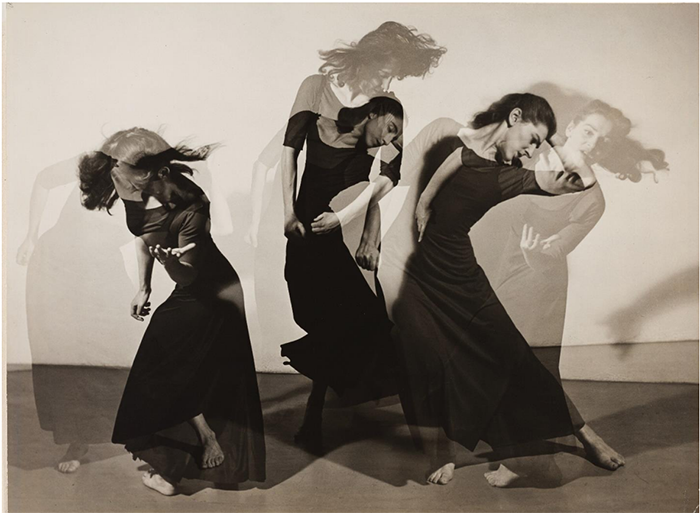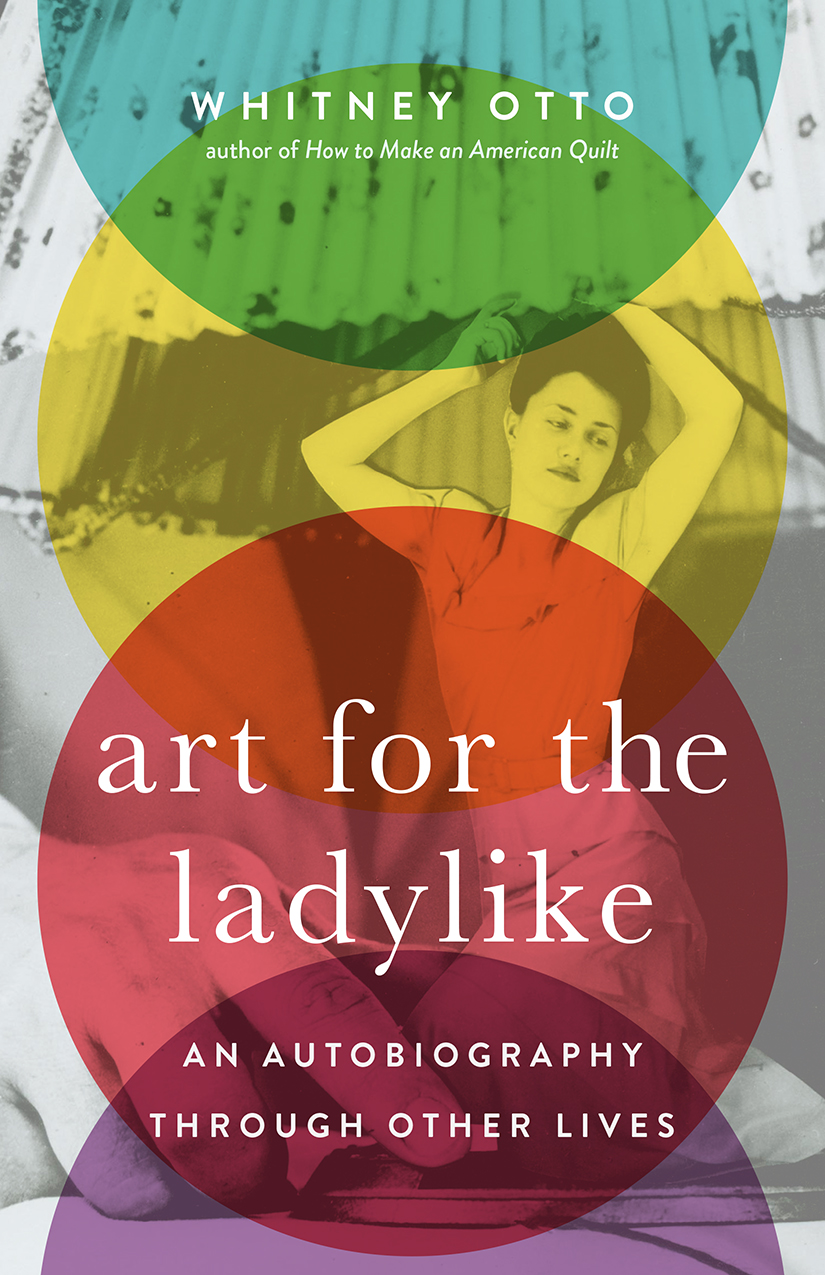
Last Chance to See – Picturing the South: 25 Years
Two Contemporary Heroines, An-My Lê and Sally Mann, feature in Commemorative Exhibition in Atlanta, on view until February 6, 2022...
Sally Mann (b.1951, USA) is one of America’s most renowned photographers. She has received numerous awards, including NEA, NEH, and Guggenheim Foundation grants. Her work has been exhibited by major institutions and is held in institutional collections worldwide, such as the Metropolitan Museum of Art, New York; Moderna Museet, Stockholm; the Museum of Fine Arts, Boston; the Museum of Modern Art, New York; the Victoria and Albert Museum, London; and the High Museum of Art, Atlanta, Georgia. Her many books include At Twelve (1988), Immediate Family (1992), Still Time (1994), What Remains (2003), Deep South (2005), Proud Flesh (2009), and The Flesh and The Spirit (2010). In 2001, Mann was named “America’s Best Photographer” by Time magazine. A 1994 documentary about her work, Blood Ties, was nominated for an Academy Award, and the 2006 feature film, What Remains, was nominated for an Emmy Award in 2008. Her bestselling memoir, Hold Still (Little, Brown, 2015), received universal critical acclaim and was named a finalist for the National Book Award. In 2016 Hold Still won the Andrew Carnegie Medal for Excellence in Nonfiction. Sally is represented by Gagosian Gallery, New York. She lives and works in Virginia.
To be able to take my pictures, I have to look, all the time, at the people and places I care about. And I must do so with both ardor and cool appraisal, with the passions of eye and heart, but in that ardent heart there must also be a splinter of ice.
—Sally Mann
Sally Mann is known for her photographs of intimate and familiar subjects rendered both sublime and disquieting. Her projects explore the complexities of familial relationships, social realities, and the passage of time, capturing tensions between nature, history, and memory.
Born in Lexington, Virginia, Sally began to study photography in the late 1960s, attending the Ansel Adams Gallery’s Yosemite Workshops in Yosemite National Park, California and the Putney School and Bennington College, both in Vermont. She received a BA from Hollins College, Roanoke, Virginia, in 1974, and an MA in creative writing the following year. At a moment when many other photographers were creating large-scale color prints, Sally looked to photography’s past, investigating the visual and metaphorical potential of employing nineteenth-century technologies. She has long used an 8 x 10 bellows camera and has explored platinum, bromoil, and wet-plate collodion processes for making prints.
Sally had her first solo museum exhibition at the Corcoran Gallery of Art, Washington, DC, in 1977, presenting The Lewis Law Portfolio (1974–76), a series of black-and-white photographs that comprise some of her earliest explorations into the inherent abstract beauty of the everyday. In the early 1980s she published two books, Second Sight and At Twelve, the latter a study of young girls on the cusp of womanhood. Between 1984 and 1994 she worked on the series Family Pictures, which focused on her three children, then all under the age of twelve. These works touch on ordinary moments—playing, sleeping, and eating—as well as larger themes such as death and cultural perceptions of sexuality and motherhood. From 1999 to 2012, Sally photographed Cy Twombly’s warmly lit studio in Lexington, recording the moments she spent with him there as well as the traces of his artistic life.
From the late 1990s into the 2000s, Sally honed in on her relationship with the American South, taking photographs in Alabama, Mississippi, and Louisiana for her Deep South series (2005), as well as Civil War battlefields for Last Measure (2000). Her longtime interest in themes of death, time, and decay are also evident in What Remains (Bullfinch Press, 2003), a five-part study of mortality ranging from pictures of the decomposing body of her beloved greyhound to photographs of the site where an armed fugitive committed suicide on her property. In 2003, Sally began documenting the effects of muscular dystrophy on her husband, Larry. These candid and frank portraits, which would later become the Proud Flesh series (2009), recall classical sculpture while capturing a male subject in moments of intimate vulnerability.
Sally’s latest large-scale project, A Thousand Crossings, further explores the complex cultural identity of the American South, as well as Sally’s relationship with her place of origin—a region rich in literary and artistic traditions but troubled by history. The exhibition, which she began working on in 2006, debuted at the National Gallery of Art, Washington, DC in 2018 and has since traveled extensively in the United States and abroad in Paris.
A Guggenheim fellow and a three-time recipient of the National Endowment for the Arts fellowship, Sally was named “America’s Best Photographer” by Time magazine in 2001. She has been the subject of two documentaries: Blood Ties (1994), which was nominated for an Academy Award, and What Remains (2006), which premiered at Sundance and was nominated for an Emmy for Best Documentary in 2008. Sally’s Hold Still: A Memoir with Photographs (Little, Brown, 2015) received universal critical acclaim; it was named a finalist for the 2015 National Book Awards and in 2016 won the Andrew Carnegie Medal for Excellence in Nonfiction.

Two Contemporary Heroines, An-My Lê and Sally Mann, feature in Commemorative Exhibition in Atlanta, on view until February 6, 2022...

Contemporary photographer Sally Mann has taken first place at Prix Pictet 2021 with her 2008-2012 series Blackwater...

Now in its 24th year, Paris Photo is the largest international art fair dedicated to photography, check out our top picks to see this November!...

Hundred Heroines reviews Art For The Ladylike: An Autobiography through Other Lives. In Art For The Ladylike (2021), Whitney Otto merges biography and memoir to generate a poetic and contemplative account of the women artists who have...